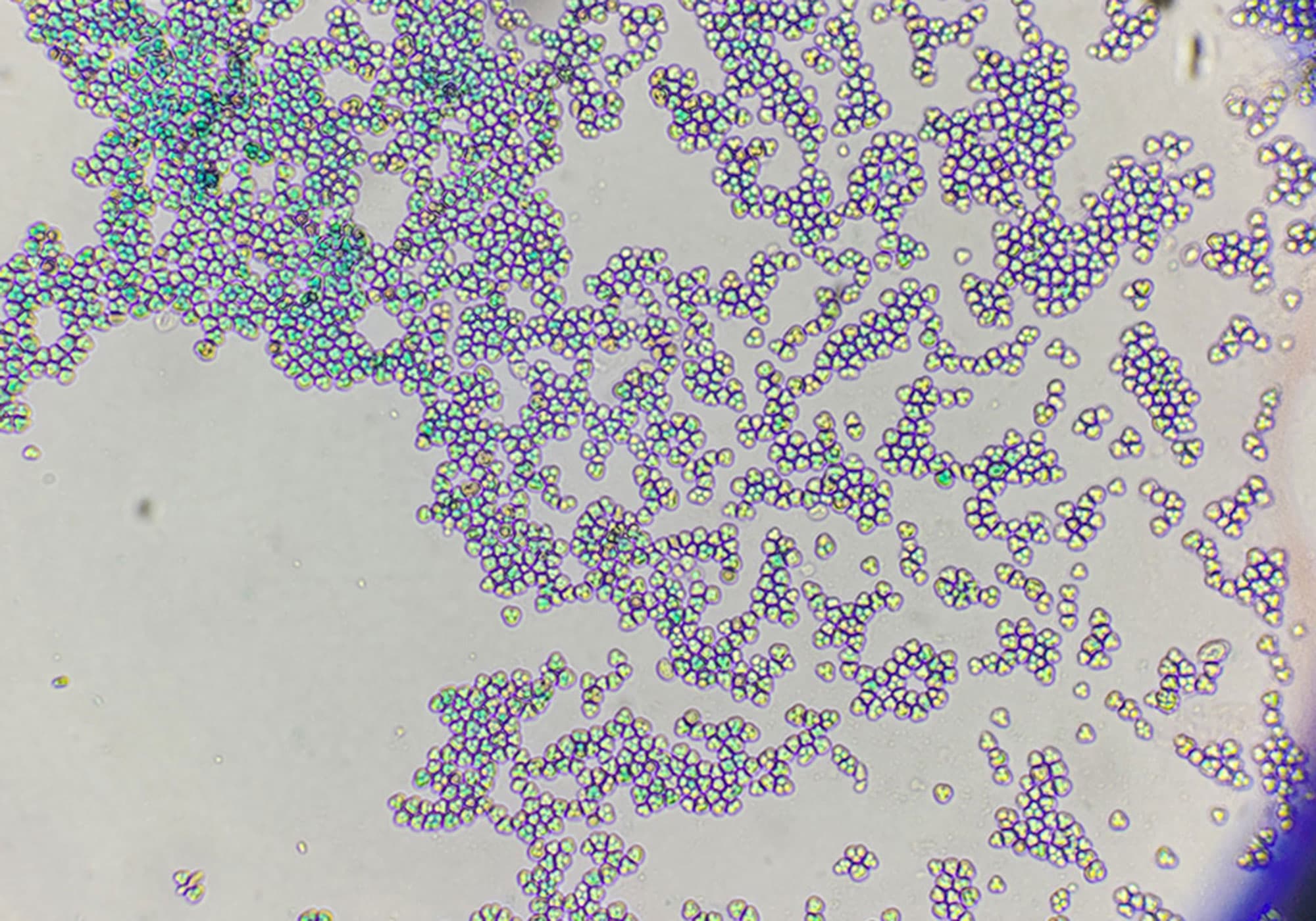
Yeast and Bacteria: Your Flavor Partners in the Distillery
When it comes to microbes, the choices you make will shape the expression of your final spirit. Here are some key considerations.
7 articles in this category

When it comes to microbes, the choices you make will shape the expression of your final spirit. Here are some key considerations.
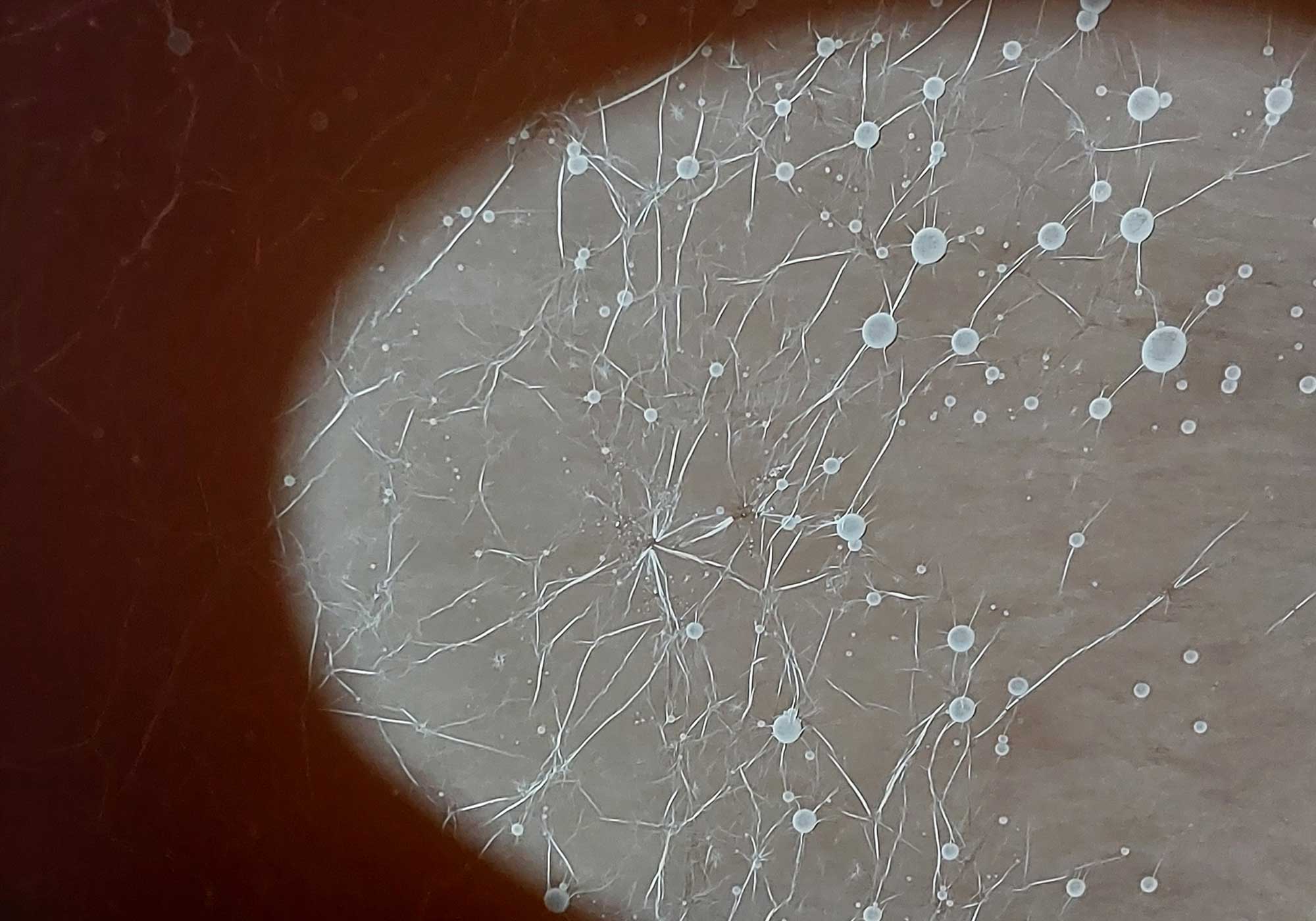
From methods to ensure healthy fermentation to fementor choices to cleaning procedures, yeast selection, and time, the decision tree that a distiller follows when designing a fermentation regimen has tremendous impact on the character of the final product.
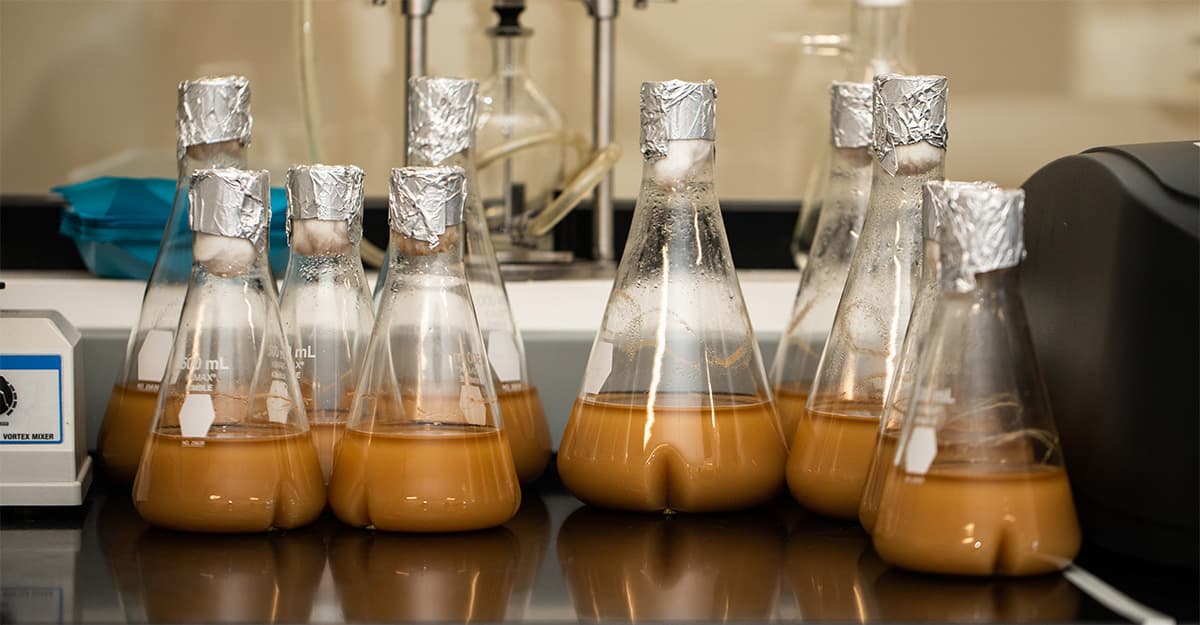
Distiller’s yeast strains are efficient workhorses, but depth of flavor isn’t their specialty. By co-pitching characterful ale yeast strains with other trusted strains—and experimenting to achieve the desired outcomes—craft distillers can get the best of both worlds.
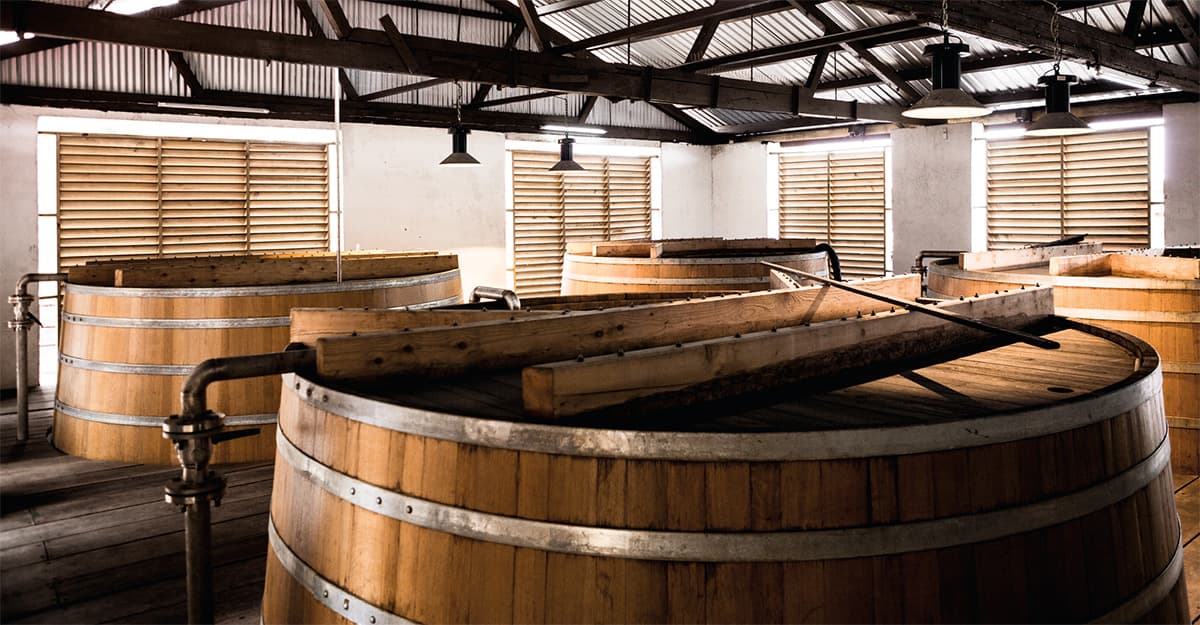
Caribbean distillers produce rums in a range of styles, but those from Barbados and Jamaica are often the most misunderstood. Local yeast and fermentation methods play key roles in their distinctive character.
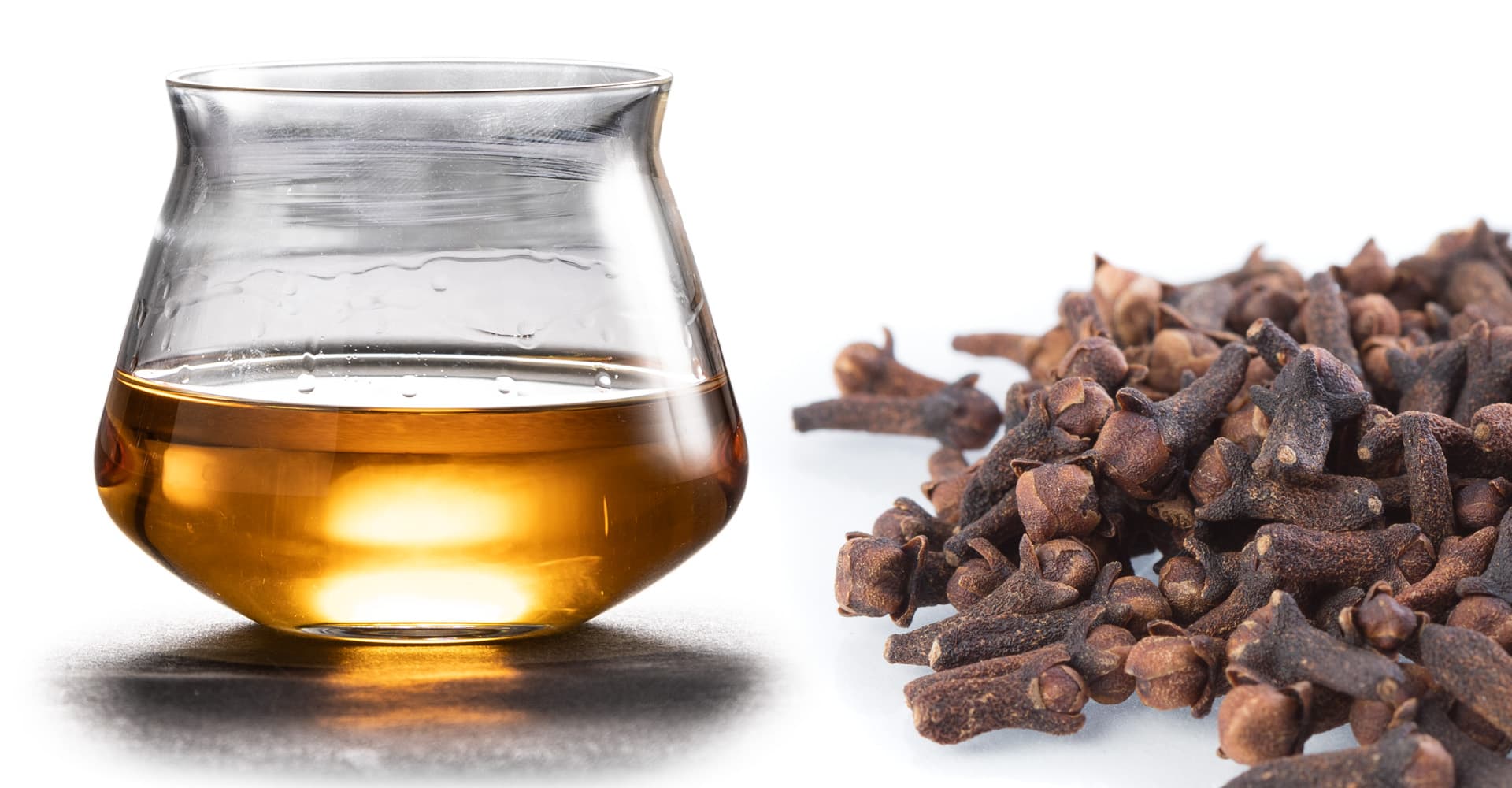
The spicy compound 4-vinyl-guaiacol occurs in many drinks, but among distillers, it’s best known as a flavor component of certain whiskeys—especially ryes. Whether you want to dial it up, dial it down, or just dial it in, here’s what to know.
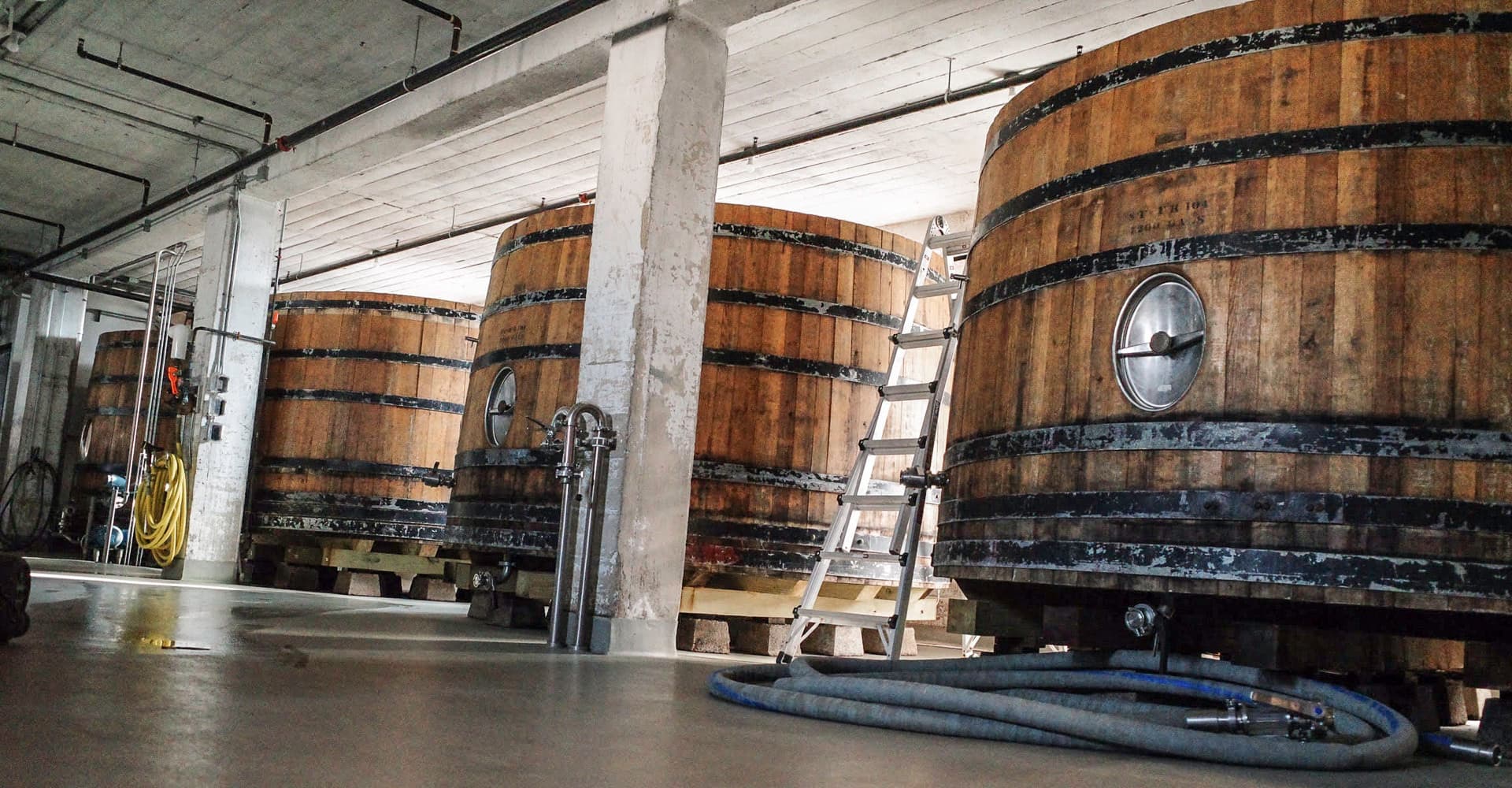
Led by a brewmaster with a family legacy, a hunger for knowledge, and a passion for mixed-culture fermentation, Minnesota’s Black Frost Distilling is producing fragrant, old-fashioned rums using half-wild yeast and open-topped wooden fermentors.
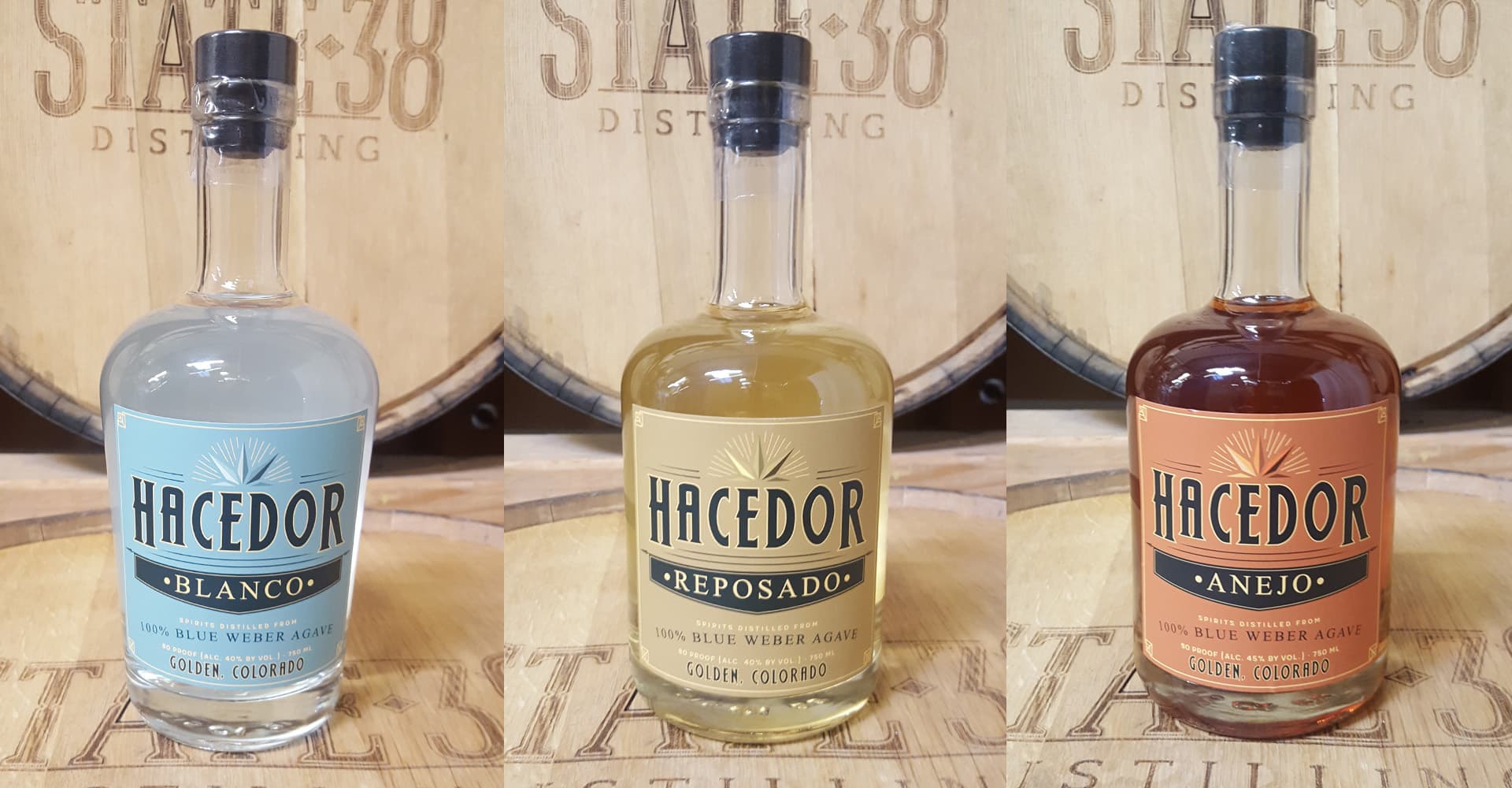
In Golden, Colorado, State 38 Distilling recently marked a decade of producing agave spirits. Here, co-owner and managing partner Don Hammond discusses the challenges, process, and goals of producing “drinkably different” American agave.